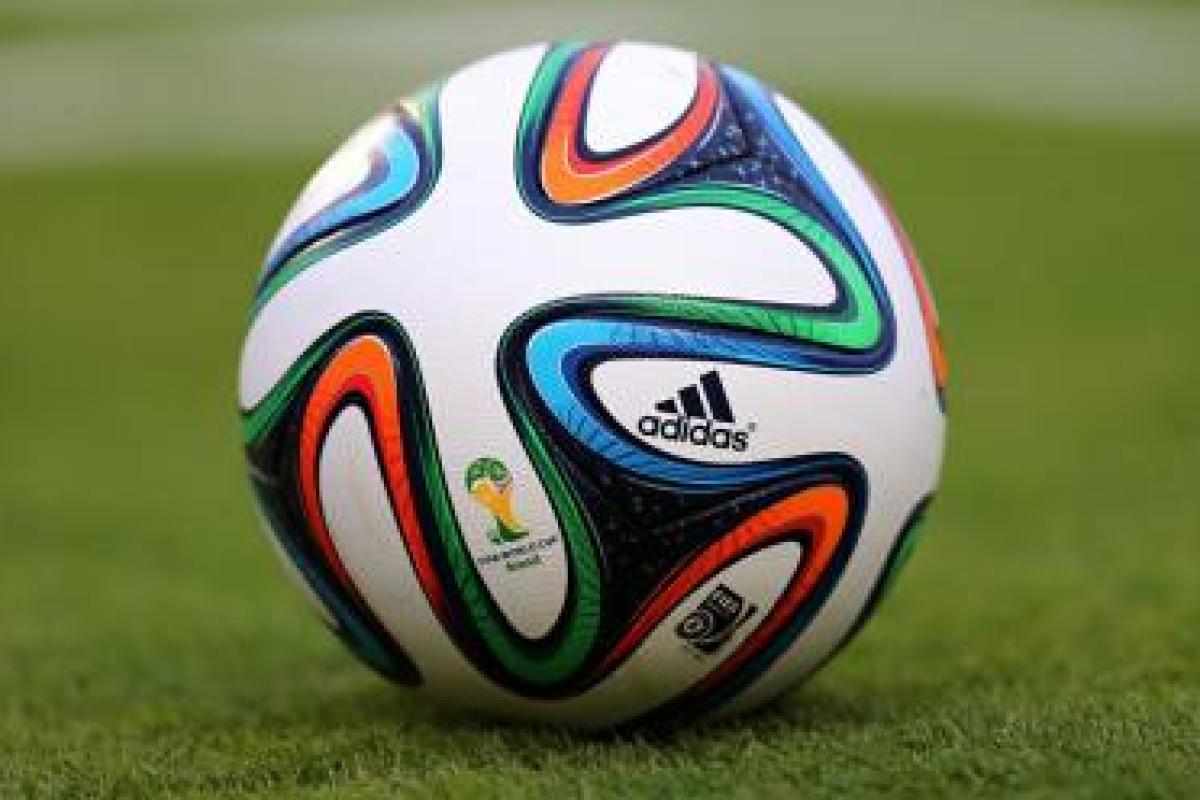The well-documented crisis in the management and corporate governance of FIFA has, in recent days, focused the world’s attention on issues of global sporting, political and business significance. Not least among them is the question of how an organisation could have withstood such widespread and substantial allegations of corruption and mismanagement without the leadership being truly challenged until the FBI stepped in.
The FIFA leadership retained 'positional authority' for such a long time by relying on the security afforded by its member-elected status - only needing the backing of just over 100 member federations once every five years to stay in power. Nevertheless, the mandate of FIFA’s top team to govern the world’s biggest sport was continuously eroded over many years and eventually led to the President’s downfall, despite an electoral victory. Regardless of whether the allegations of corruption and bribery are true, the footballing world lost all trust in its leadership and hence, even with positional authority, there was eventually no way for that leadership to endure.
But what exactly is trust based upon and how do we assess it?
David Maister, Robert Galford and Charles Green defined trustworthiness using the Trust Equation:
Trust = Credibility + Reliability + Intimacy
Self-orientation
- Credibility refers to our knowledge and expertise and the way in which we impart it through spoken and written words.
- Reliability is about the consistency with which we act and whether we keep our promises.
- Intimacy means the openness, transparency and honesty with which we behave.
- And self-orientation is the degree to which we act in our own interests before those of others.
So, trustworthiness is improved when we focus on increasing the three numerators in the equation - credibility, reliability and intimacy, and reducing the denominator - our level of self-orientation.
Trustworthy and authentic leadership requires leaders to focus on all four of these areas over time. Nevertheless, when issues of trust arise the Trust Equation is a useful tool to assess where exactly the problem lies.
In the case of FIFA’s leadership one could argue that its credibility and reliability are not the root cause of its leadership malaise. Despite the long-standing criticism of Sepp Blatter and the executive team around him, relatively little scrutiny has ever been given to their specific competences for their roles. Credibility has been impacted by occasional gaffes on issues of diversity, but, as far as reliability goes, the FIFA leadership has been nothing if not predictable. In fact, it’s hard to fault the consistency with which they have behaved over the years!
However, when we consider intimacy and self-orientation it’s an entirely different story. The enduring allegations of shady dealings indicate a total lack of transparency and even when the organisation did ask Michael Garcia to conduct an independent review of its business practices, it declined to publish the findings, issuing only an apparently misrepresentative summary. As for self-orientation, it would seem that individual leaders have profited greatly at the expense of others throughout their tenure.
Of course, trust can vary depending on your standpoint and individual relationship with a particular leader. Some of the developing football nations who benefited from significant investment programmes, ill-gotten or otherwise, have argued vociferously in favour of Mr Blatter’s generosity and global contribution to the sport. Ultimately, however, any suspicion of wrong-doing will eventually undermine a leader’s reputation for trustworthiness, whether it is true or not.
Whilst FIFA’s dysfunction is far more extreme than most organisations or leaders will ever experience, the trust equation is a powerful mechanism for anyone to assess their leadership style and relationships. All leaders who wish to build their approach on a platform of authenticity would do well to consider the four components of trust and how they might increase the answer achieved when solving their own trust formula.
Read more from Steve Walker in our Clubhouse.
